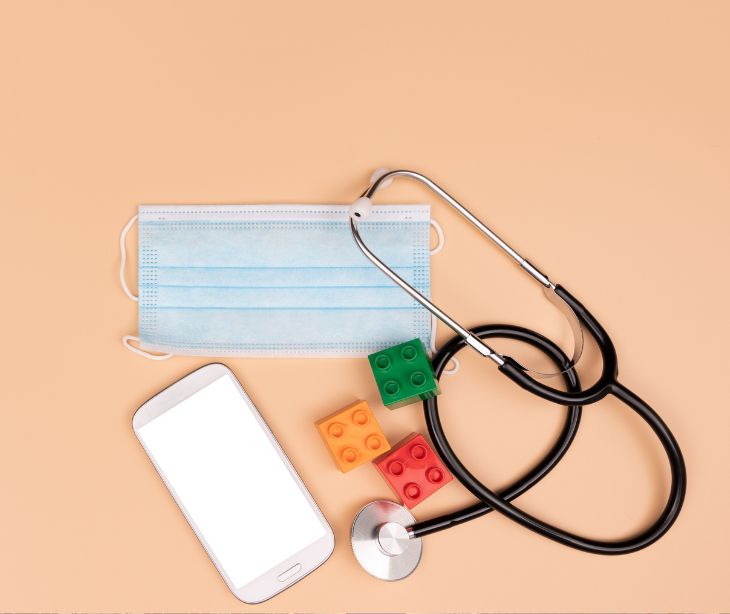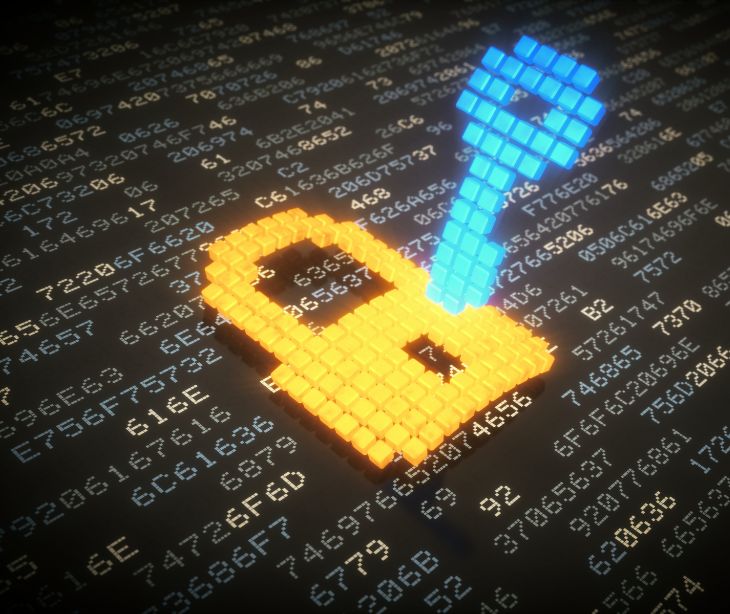2 min read
Providing safe and private communication for eating disorder recovery
Kirsten Peremore
April 11, 2024

Safe and private communication during the recovery from eating disorders (ED) creates a foundation of trust and openness between patients and their healthcare providers. When patients know their conversations are confidential and protected, providers can assess the patient’s condition and tailor treatment plans based on accurate information.
The need for patients to feel safe during ED recovery
Recovering from an ED presents challenges for patients due to the complex interplay of mental, physical, and emotional factors. An HHS Public Access Author Manuscript had the following to say about ED’s prevalence, “Approximately 13% of young women and 6% of adults suffer from a diagnosable ED in their lifetime. Although evidence based clinical practice guidelines for effective therapy exist, only a small proportion of affected individuals seek and receive these treatments. Many challenges impair access to ED treatments, including insufficient numbers of clinicians adequately trained in evidence based approaches..”
Healthcare providers are responsible for creating a safe environment. This is done at a very basic level by listening attentively, showing empathy, and providing a non judgmental space for patients to express themselves. Without this sense of safety, patients might hold back information about their condition, hindering their recovery. They could also feel isolated or misunderstood, potentially worsening their disorder.
The role of private communication
When patients know their conversations are private and protected, they are more likely to divulge sensitive information about their health, emotions, and personal struggles. One study shows that: “Effective communication about eating disorders is key to bringing about improvements in awareness, prevention, early identification and initial response…”
The benefits of private communication to patients are profound. They experience a reduced sense of isolation, as they can share their thoughts and feelings knowing they are in a safe space. This openness allows for a deeper exploration of the underlying issues contributing to their ED.
The assurance of privacy encourages patients to be more honest and forthcoming with their struggles, enabling a more accurate assessment of their condition and progress. Feeling understood and supported in this private setting can significantly boost a patient's confidence and motivation towards recovery, reinforcing their sense of agency and autonomy.
The safe, private and HIPAA compliant methods of communication
HIPAA compliant email
HIPAA compliant email is designed with specific characteristics to safeguard patient information, making it an ideal solution for private communication with patients battling ED. These emails use strong encryption, meaning the data sent is transformed into a secure code that can only be read by the intended recipient with the correct key. This makes sure that sensitive discussions about ED treatment, progress, or setbacks are kept confidential.
It also allows for both patient and provider to share more. Providers can share educational content, detailed reports and more targeted check ins without concern for exposing protect health information (PHI). Patients on the other hand can express themselves extensively, using secure email communications as a digital diary or medium for expression with their therapist (with consent from both parties). Patients can also share more specific concerns or symptoms regarding their recovery with the understanding that it is inaccessible to external parties.
HIPAA compliant text messaging
HIPAA compliant text messaging combines convenience with security. For patients, it provides a discreet and immediate way to reach out to their healthcare team. This immediacy addresses concerns as they arise, promoting a sense of continuous support and engagement in their treatment process.
For healthcare providers, the ability to send secure messages streamlines communication, reducing the reliance on phone calls and in person visits. This system supports a more efficient workflow, allowing providers to respond quickly to patient needs, adjust treatments as necessary, and monitor progress without compromising patient privacy.
See also: Top 12 HIPAA compliant email services
FAQs
How do I ensure the communication platform I use is HIPAA compliant?
Verify that the platform offers end-to-end encryption, secure data storage, and access controls. Additionally, ensure the provider is willing to sign a business associate agreement (BAA).
What training do my staff and I need to use secure communication tools effectively?
Training should cover the technical use of the platform, understanding HIPAA compliance requirements, and best practices for maintaining patient confidentiality. Regular updates and refresher courses are recommended as technology and regulations evolve.
How can I explain the importance of secure communication to my patients?
Educate patients on the risks of non-secure communication, such as email or standard SMS, and how secure platforms protect their privacy.
Subscribe to Paubox Weekly
Every Friday we'll bring you the most important news from Paubox. Our aim is to make you smarter, faster.




